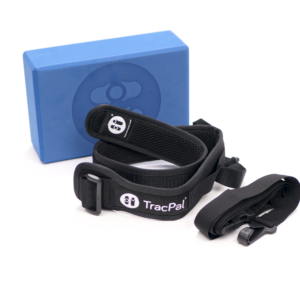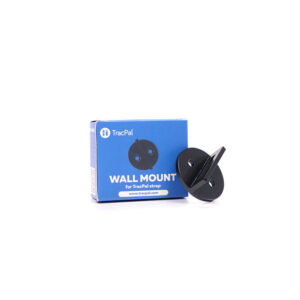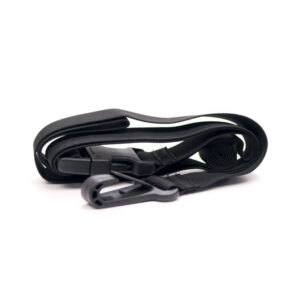What are Joints?
WHAT ARE JOINTS?
Joints are flexible connections that enable bones to move relative to one another.
ALTERNATING COMPRESSION AND DECOMPRESSION OF THE JOINT CARTILAGE SUPPLIES IT WITH NUTRIENTS.
There are various types of joints in the human body:
- hinge joints: in the knees, elbows, and fingers
- pivot joints: between the radius and ulna
- saddle joints: at the base of the thumbs
- ball and socket joints: provide for movement of the hip and shoulder joints
Joints generally consist of a joint head and a socket. These are separated by a layer of cartilage. The joint capsule surrounds the joint and, together with muscles, ligaments, and tendons, forms a protective outer envelope.
The articular cartilage covers the ends of the bones and can both even out irregularities in the joint surfaces and absorb impacts due to its plasticity. The constant alternation between loading and unloading ensures a constant supply of nutrients to the articular cartilage to keep it healthy.
The range of movement depends not only on the geometry of the joint but is also controlled by the surrounding structures (muscles, ligaments, capsule).
https://www.medi.de/en/health/the-body/joints/
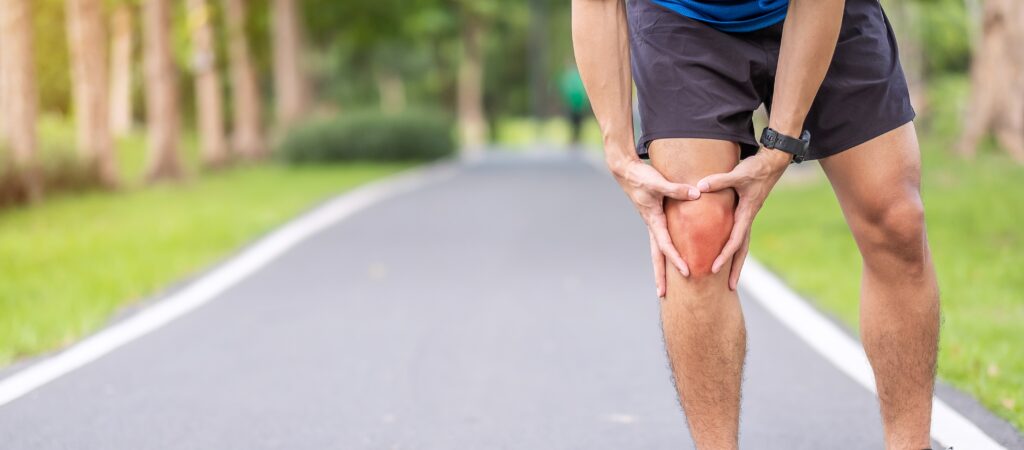
ARTHRITIS: A COMMON JOINT DISORDER
The synovial membrane lines the capsule and supplies the joint space with synovial fluid that provides the cartilage with nutrients. In rheumatoid arthritis, for example, the synovial membrane begins to proliferate strongly and fluid leaks out of the blood vessels. After some time, this proliferation begins to attack the cartilage, bone, and ligaments.
JOINT PAIN
Stubborn joint pain could be the first sign of osteoarthritis (wear and tear of the joints). This pain is aggravated by weight-bearing.
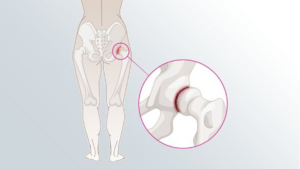
CAUSES OF JOINT PAIN
Jerky stresses are particularly painful. “Start-up” pain in the joints that occurs when beginning a movement is typical. For example, pain in the knee becomes apparent when you get out of a car after sitting for a long time. Once you’ve got going, the pain improves, but it returns after long periods of using the joint.
Joint pain that onsets suddenly after a fall, trauma, or after an accident can indicate a sprain, dislocation, ligamentous injury, or a bone fracture. For laypersons, it is often difficult to differentiate between the various forms of injury.
For instance, bone fractures and ligament injuries may not cause much pain at all, while a “harmless” sprain can be very painful. So do not wait for joint pain to improve by itself, talk to your doctor. Only he can decide whether and what treatment is necessary.
https://www.medi.de/en/health/diagnosis-treatment/joint-pain/
The TracPal device helps to perform manual self-traction therapy of the hip, knee, lower back, neck, and shoulder joints.

